Yeontabal Jongro(연타발 종로)
1.9Km 2020-11-19
19, Samil-daero, 15-gil, Jongno-gu, Seoul
+82-2-720-9263
A restaurant where you can enjoy the highest-quality Korean beef. The most famous menu is grilled Korean beef rib eye steak. A barbecue specialty restaurant located in Jongno, Seoul.
Olive Young - Daehakro Jungang Branch [Tax Refund Shop] (올리브영 대학로중앙점)
1.9Km 2024-06-27
1F, 144, Daehak-ro, Jongno-gu, Seoul
-
Sooga (수가)
1.9Km 2021-03-18
42-1, Myeongdong 8ga-gil, Jung-gu, Seoul
+82-2-777-5575
This is a Korean cuisine located in Myeong-dong, Seoul. A restaurant specializing in seolleongtang (ox bone soup) and suyuk (boiled beef slices). The representative menu is assorted boiled meat slices.
Kumkang Land Rover - Jongno Branch [Tax Refund Shop] (CL종로지점(금강 랜드로바))
1.9Km 2024-06-27
81, Jongro, Jongno-gu, Seoul
-
Park's BBQ (박사네갈비)
1.9Km 2021-03-19
14-5, Insadong-gil , Jongno-gu, Seoul
+82-2-730-7305
A barbecue specialty restaurant located in Insa-dong, Seoul. The most famous menu is grilled Korean beef sirloin. A restaurant where you can enjoy the highest-quality Korean beef.
Olive Young - Daehakro Branch [Tax Refund Shop] (올리브영 대학로점)
1.9Km 2024-06-27
1F~3F, 237, Changgyeonggung-ro, Jongno-gu, Seoul
-
Seowon (서원)
1.9Km 2024-03-11
141, Toegye-ro, Jung-gu, Seoul
+82-2-776-0214
Located in Myeongdong Street, Seowon focuses on porridge. It boasts a wide variety of porridge made with abalone, chicken, samgye (chicken and ginseng) mushrooms, oysters, shrimp, vegetables, etc. They also have Korean-style juices made with ginseng, fruits, and vegetables that goes well after finishing porridge. The restaurant opens early in the morning, so it's a great place to grab a quick breakfast.
Ouga (오우가)
1.9Km 2021-03-19
42, Myeongdong, 8ga-gil, Jung-gu, Seoul
+82-2-753-7533
A restaurant where you can experience the food culture with lots of Korean side dishes. This Korean dishes is located in Jung-gu, Seoul. The most famous menu is leaf wraps and meat set menu.
Moonlight Tour at Changdeokgung Palace (창덕궁 달빛기행)
1.9Km 2024-08-20
99 Yulgok-ro, Jongno-gu, Seoul
+82-1522-2295
The Moonlight Tour at Changdeokgung Palace is a high-quality cultural event held at Changdeokgung Palace, a UNESCO World Heritage. The tour offers a unique opportunity to witness and experience palatial beauty under the moonlight.
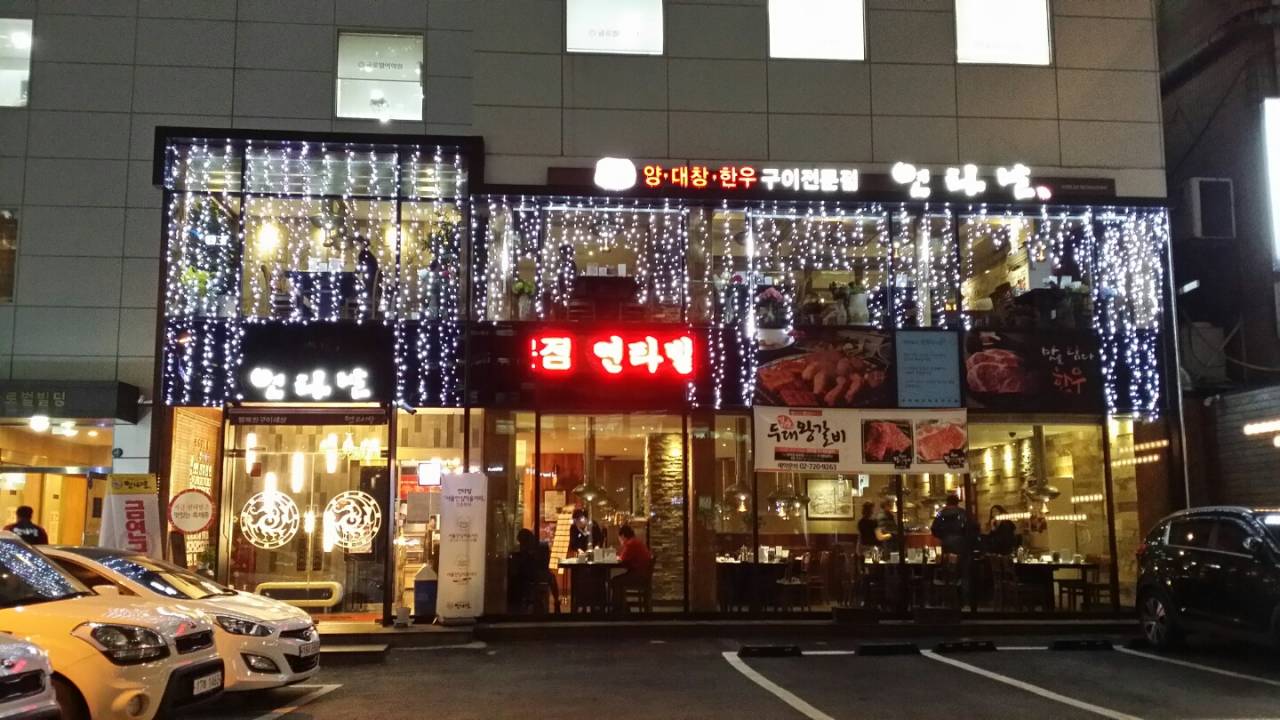

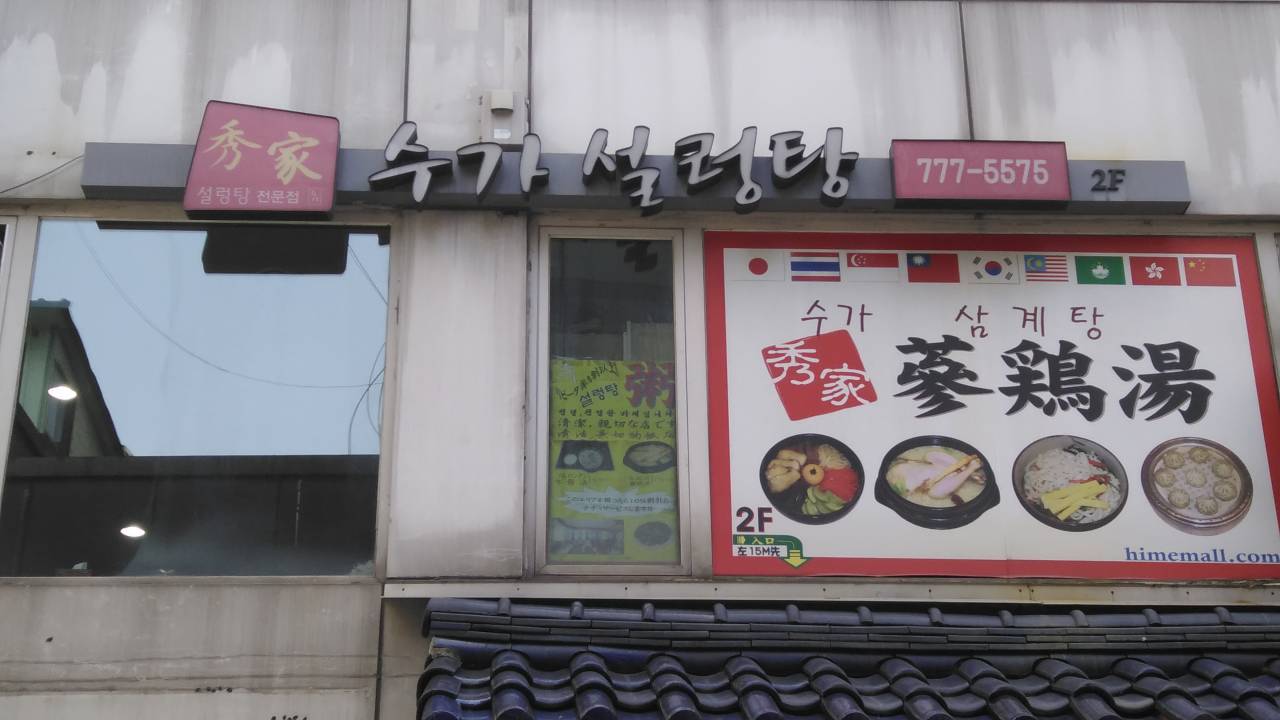
![Kumkang Land Rover - Jongno Branch [Tax Refund Shop] (CL종로지점(금강 랜드로바))](http://tong.visitkorea.or.kr/cms/resource/95/3313995_image2_1.jpg)
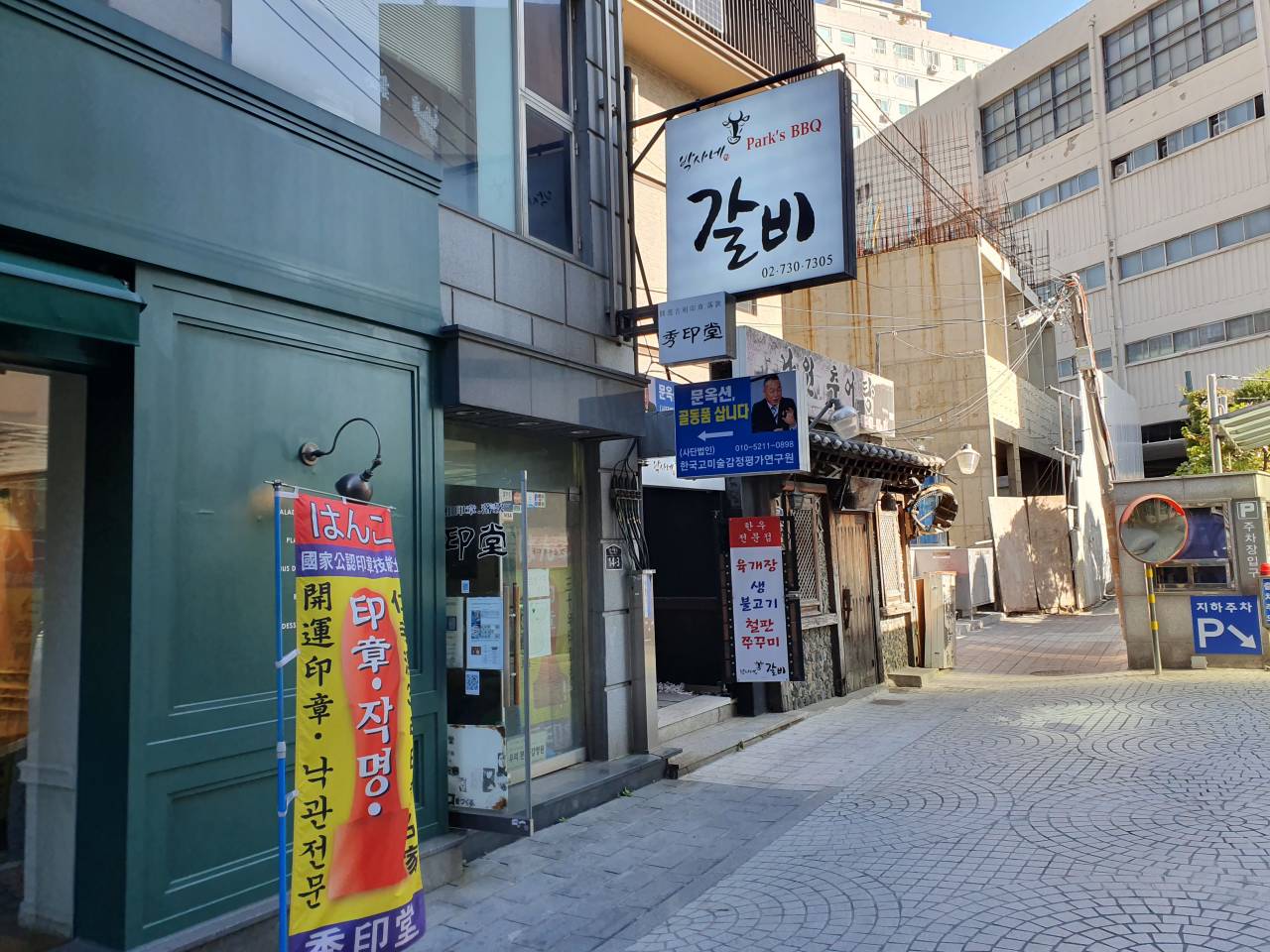
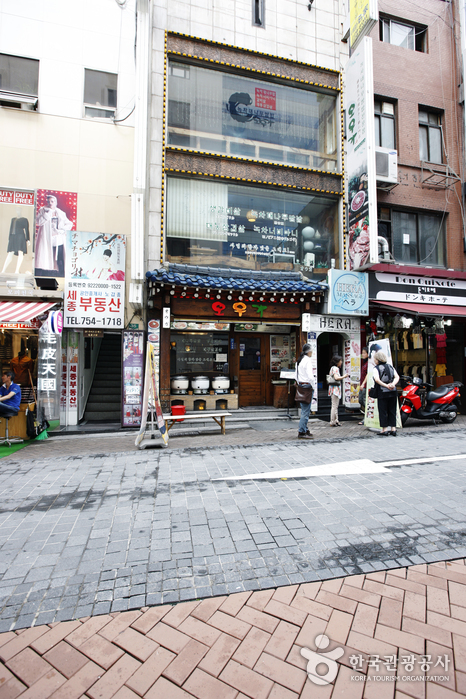
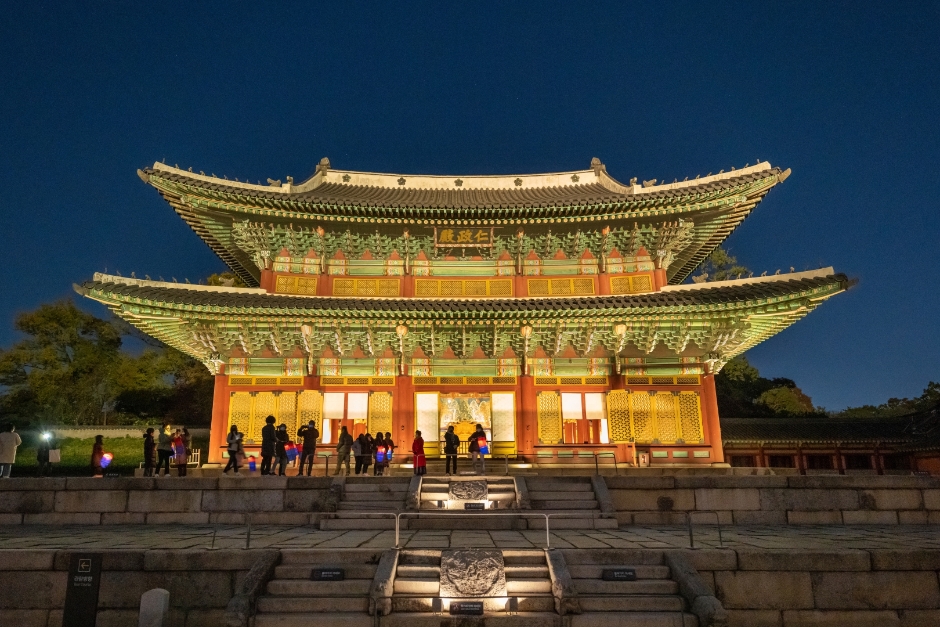
 English
English
 한국어
한국어 日本語
日本語 中文(简体)
中文(简体) Deutsch
Deutsch Français
Français Español
Español Русский
Русский